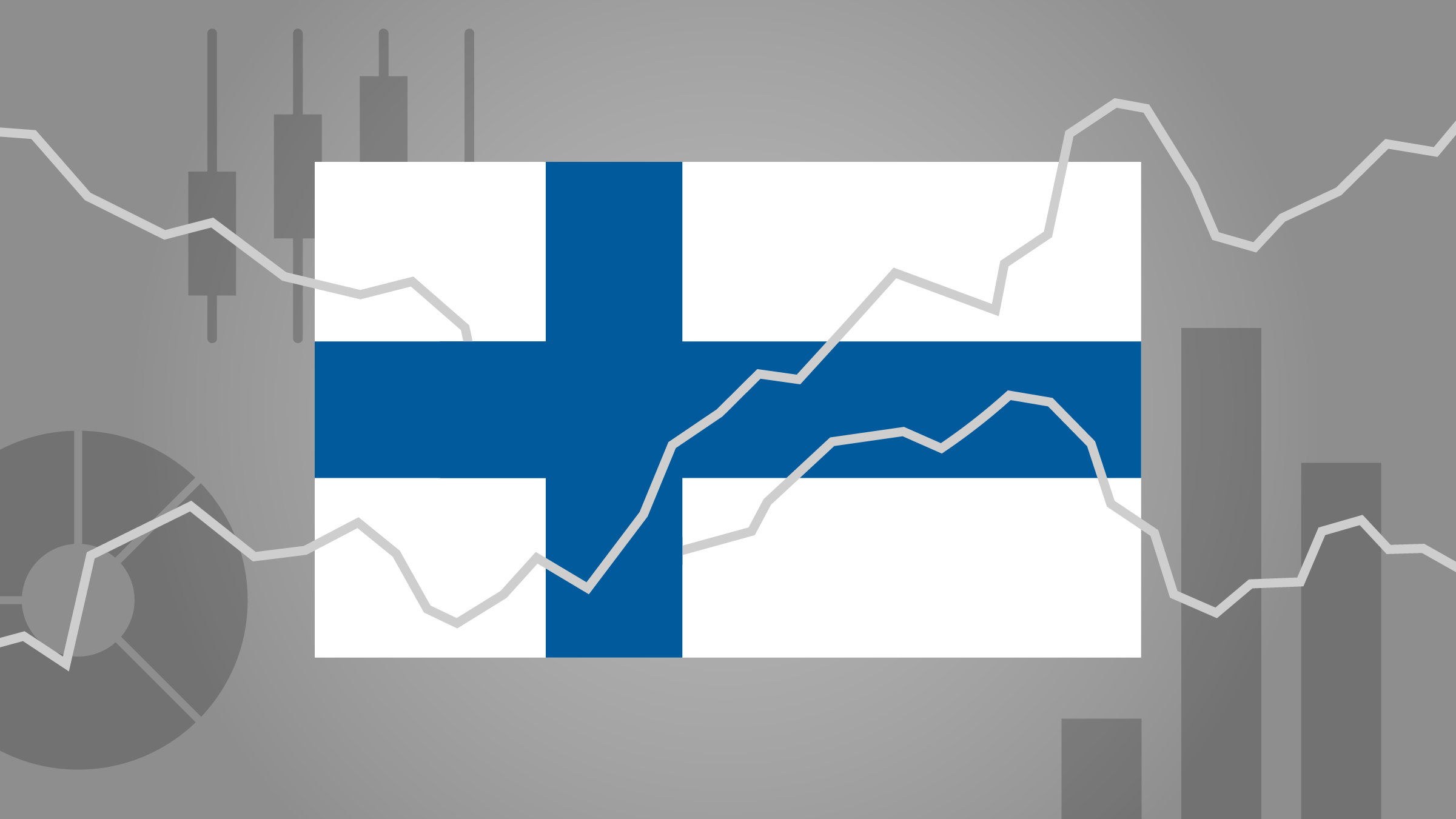It's worth repeating that when you hold a stock, you own part of a company. Part of being an owner involves understanding the financial underpinnings of any given business, and this lesson will provide an introduction.
The main purpose of a company is to take money from investors (their creditors and shareholders) and generate profits on their investments. Creditors and shareholders carry different risks with their investments, and thus they have different return opportunities. Creditors bear less risk and receive a fixed return regardless of a company's performance (unless the firm defaults). Shareholders carry all the risks of ownership, and their return depends on a company's underlying business performance. When companies generate lots of profits, shareholders stand to benefit the most.
As we learned previously, at the end of the day, investors have many choices about where to put their money; they can invest it into savings accounts, government bonds, stocks, or other investment vehicles. In each, investors expect a return on their investment. Stocks represent ownership interests in companies that are expected to create value with the money that is invested in them by their owners.
Money in and money out
Companies need money to operate and grow their businesses in order to
generate returns for their investors. Investors put money--called
capital--into a company, and then it is the company's responsibility to
create additional money--called profits--for investors. The ratio of the
profit to the capital is called the return on capital. It is important
to remember that the absolute level of profits in pound terms is less
important than profit as a percentage of the capital invested.
For example, a company may make £1 billion in profits for a given year, but it may have taken £20 billion worth of capital to do so, creating a meagre 5% return on capital. This particular company is not very profitable. Another firm may generate just £100 million in profits but only need £500 million to do so, boasting a 20% return on capital. This company is highly profitable. A return on capital of 20% means that for every £1 that investors put into the company, the company earns 20p per year.
The two types of capital
Before discussing return on capital further, it is important to
distinguish between the two types of capital. As we mentioned above, two
types of investors invest capital into companies: creditors ("loaners")
and shareholders ("owners"). Creditors provide a company with debt
capital, and shareholders provide a company with equity capital.
Creditors are typically banks, bondholders, and suppliers. They lend money to companies in exchange for a fixed return on their debt capital, usually in the form of interest payments. Companies also agree to pay back the principal on their loans.
The interest rate will be higher than the interest rate of government bonds, because companies generally have a higher risk of defaulting on their interest payments and principal. Lenders generally require a return on their loans that is commensurate with the risks associated with the individual company. Therefore, a steady company will borrow money cheaply (lower interest payments), but a risky business will have to pay more (higher interest payments).
Shareholders that supply companies with equity capital are typically banks, funds, and private investors. They give money to a company in exchange for an ownership interest in that business. Unlike creditors, shareholders do not get a fixed return on their investment because they are part owners of the company. When a company sells shares to the public (in other words, "goes public" to be "publicly traded"), it is actually selling an ownership stake in itself and not a promise to pay a fixed amount each year.
Shareholders are entitled to the profits, if any, generated by the company after everyone else--employees, vendors, lenders--gets paid. The more shares you own, the greater your claim on these profits and potential dividends. Owners have potentially unlimited upside profits, but they could also lose their entire investment if the company fails.
It is also important to keep in mind a company's total number of shares outstanding at any given time. Shareholders can benefit more from owning one share of a billion-pound company that has only 100 shares (a 1% ownership interest) than by owning 100 shares of a billion-pound company that has a million shares outstanding (a 0.01% ownership interest).
Once a profit is created...
Companies usually pay out their profits in the form of dividends, or
they reinvest the money back into the business. Dividends provide
shareholders with a cash payment, and reinvested earnings offer
shareholders the chance to receive more profits from the underlying
business in the future. Many companies, especially young ones, pay no
dividends. Any profits they make are ploughed back into their
businesses.
One of the most important jobs of any company's management is to decide whether to pay out profits as dividends or to reinvest the money back into the business. Companies that care about shareholders will reinvest the money only if they have promising opportunities to invest in--opportunities that should earn a higher return than shareholders could get on their own.
Different capital, different risk, different return
Debt and equity capital each have different risk profiles. Therefore, as
we showed previously, each type of capital offers investors different
return opportunities. Creditors shoulder less risk than shareholders
because they are accepting a lower rate of return on the debt capital
they supply to a company. When a company pays out the profits generated
each year, creditors are paid before anyone else. Creditors can break up
a company if it does not have sufficient money to cover its interest
payments, and they wield a big stick.
Consequently, companies understand that there is a big difference between borrowing money from creditors and raising money from shareholders. If a firm is unable to pay the interest on a corporate bond or the principal when it comes due, the company is bankrupt. The creditors can then come in and divvy up the firm's assets in order to recover whatever they can from their investments. Any assets left over after the creditors are done belong to shareholders, but often such leftovers do not amount to much, if anything at all.
Shareholders take on more risk than creditors because they only get the profits left over after everyone else gets paid. If nothing is left over, they receive nothing in return. They are the "residual" claimants to a company's profits. However, there is an important trade-off. If a company generates lots of profits, shareholders enjoy the highest returns. The sky is the limit for owners and their profits. Meanwhile, loaners keep receiving the same interest payment year in and year out, regardless of how high the company's profits may reach. By contrast, owners keep whatever profits are left over. And the more that is left over, the higher their return on capital.
Return on capital and return on stock
The market often takes a long time to reward shareholders with a return
on stock that corresponds to a company's return on capital. To better
understand this statement, it is crucial to separate return on capital
from return on equity. Return on capital is a measure of a company's
profitability, but return on equity represents a combination of
dividends and increases in the share price (better known as capital
gains). The two simple formulas below outline the return calculations in
more detail:
Return on Capital: Profit / (Invested Capital)
Return on Equity: Shareholder Total Return = Capital Gains + Dividends
The market frequently forgets the important relationship between return on capital and return on equity. A company can earn a high return on capital but shareholders could still suffer if the market price of the stock decreases over the same period. Similarly, a terrible company with a low return on capital may see its share price increase if the firm performed less terribly than the market had expected. Or maybe the company is currently losing lots of money, but investors have bid up its stock in anticipation of future profits.
In other words, in the short term, there can be a divide between how a company performs and how its stock performs. This is because a stock's market price is a function of the market's perception of the value of the future profits a company can create. Sometimes this perception is spot on; sometimes it is way off the mark. But over a longer period of time, the market tends to get it right, and the performance of a company's stock will mirror the performance of the underlying business.
The voting and weighing machines
The father of value investing, Benjamin Graham, explained this concept
by saying that in the short run, the market is like a voting
machine--tallying up which firms are popular and unpopular. But in the
long run, the market is like a weighing machine--assessing the substance
of a company. The message is clear: What matters in the long run is a
company's actual underlying business performance and not the investing
public's fickle opinion about its prospects in the short run.
Over the long term, when companies perform well, their shares will do so, too. And when a company's business suffers, the shares will also suffer.
The bottom line
In the end, shares are ownership interests in companies. We can't
emphasise this fact enough. Being a shareholder is being a partial owner
of a company.
Over the long term, a company's business performance and its share price will converge. The market rewards companies that earn high returns on capital over a long period. Companies that earn low returns may get an occasional bounce in the short term, but their long-term performance will be just as miserable as their returns on capital. The wealth a company creates--as measured by returns on capital--will find its way to shareholders over the long term in the form of dividends or stock appreciation.
















